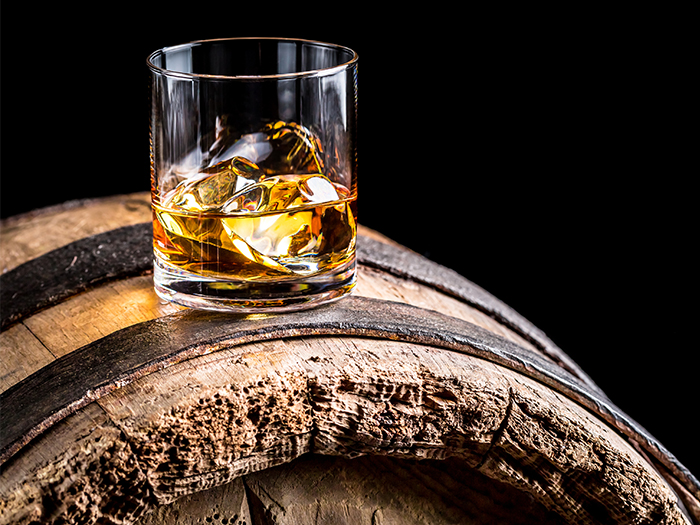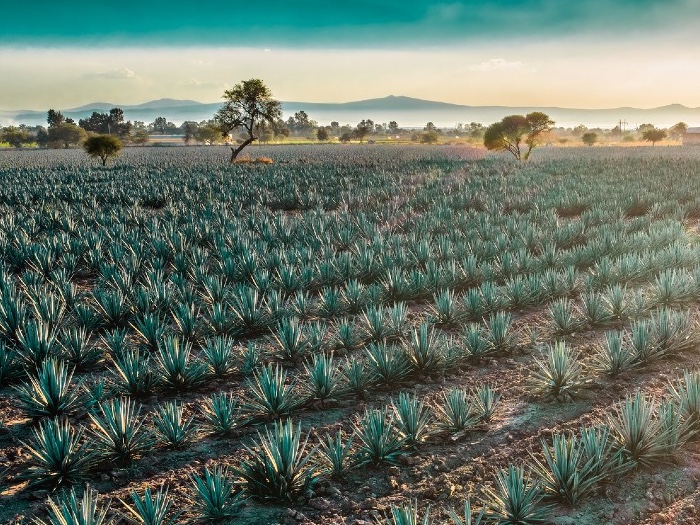22/05/2024
Status spirits set to overcome short-term headwinds
IWSR analysis shows that status spirits growth will be spearheaded by the US and Travel Retail
Status spirits continue to outperform the global spirits category, and will be boosted further by the resurgence of the travel retail channel in the coming years – despite concerns about the current fragility of the global economy.
More than 80% of the value of the status spirits sector – defined by IWSR as products priced above US$100 per bottle – was accounted for by high-end baijiu sales in China during 2022, reflecting the local spirit’s importance to banqueting and gifting in the country.
If baijiu is excluded, status spirits remain heavily reliant on China, the US and duty free for more than two-thirds of their revenues, although the appetite for high-priced spirits is gaining momentum in new territories as well.
Meanwhile, core categories Cognac and Scotch whisky continue to dominate the higher price echelons, accounting for a combined 78% of global status spirits sales by value, despite big gains in the past few years for agave spirits, and the promise of emerging segments such as Irish and US whiskey.
"We continue to be broadly optimistic about the future of status spirits, but expectations were scaled back during 2023, reflecting a less stable economic outlook globally"
| Guy Wolfe, Head of Status Spirits Insights
“We continue to be broadly optimistic about the future of status spirits, but expectations were scaled back during 2023, reflecting a less stable economic outlook globally,” says Guy Wolfe, Head of Status Spirits Insights, IWSR.
“Travel retail share will grow as the channel continues to recover post-pandemic, and this resurgence is expected to shape category growth in the short term, providing a boost to those with a bias towards the channel, such as Cognac and blended Scotch.”
Global travel retail and the US market are expected to spearhead status spirits growth to 2027: IWSR forecasts indicate that revenues in duty free will more than double (+115%) between 2022 and 2027, with the US growing by +50% over the same timescale. Meanwhile growth in China will be steadier with a total value increase of only +10%, in part due to a shift from domestic purchases back to duty free as affluent Chinese consumers start travelling again in greater numbers.
That would make travel retail the most lucrative market for status spirits by 2027, with a value share of more than 25%, slightly ahead of China (24%) and the US (23%).
“In the US, the post-pandemic on-trade recovery has been less pronounced than expected, but consumers are instead upgrading to higher-end products to enhance at-home experiences. Tequila remains very much in fashion at a status level, and will take more share in the next five years” explains Adam Rogers, Research Director for North America.
The resurgence of travel retail will have a knock-on effect on category growth, boosting the fortunes of channel staples Cognac and blended Scotch. IWSR forecasts show that status-level blended Scotch revenues will grow by +83% in absolute terms between 2022 and 2027, ahead of agave (+77%), while Cognac’s sales are expected to rise by +28% over the same timescale.
“Nearly 60% of high-end Cognac growth will come from GTR between 2022 and 2027,” explains Wolfe. “It’s expected that the channel will account for almost one-third of global status Cognac sales by 2027.
Travel retail’s recovery is also behind the improved forecast for blended Scotch, while the US and Mexico are expected to remain the key markets for status agave spirits. Status mezcal sales are forecast to double in five years, from a smaller base.
The upbeat outlook illustrates the long-term potential of status spirits, despite immediate economic headwinds and a much tougher trading environment during 2023, impacted by inflation, and economic and geopolitical uncertainty.
“The traditional maxim of ‘the higher the price point, the higher the growth’ is no longer a given, as auction prices start softening and some reserve prices go unmet,” says Wolfe. “But, in the longer term, there is optimism that the direction of the market will continue upward.
“The pockets of growth we see among buyers and collectors in Tier 1 cities in developing markets indicate that the audience for high-end products is both growing and broadening. Middle-class expansion continues in China, India and neighbouring markets in the APAC region, increasing the pool of buyers.”
Meanwhile, in western markets, the tendency to buy ‘less but better’ is widely embedded and, coupled with the evolution of premium at-home drinking and entertaining, is encouraging consumers generally to upgrade their choices.
The above analysis reflects IWSR data from the 2023 data release. For more in-depth data and current analysis, please get in touch.
CATEGORY: Spirits | MARKET: All, North America, Travel Retail | TREND: All, Premiumisation |



